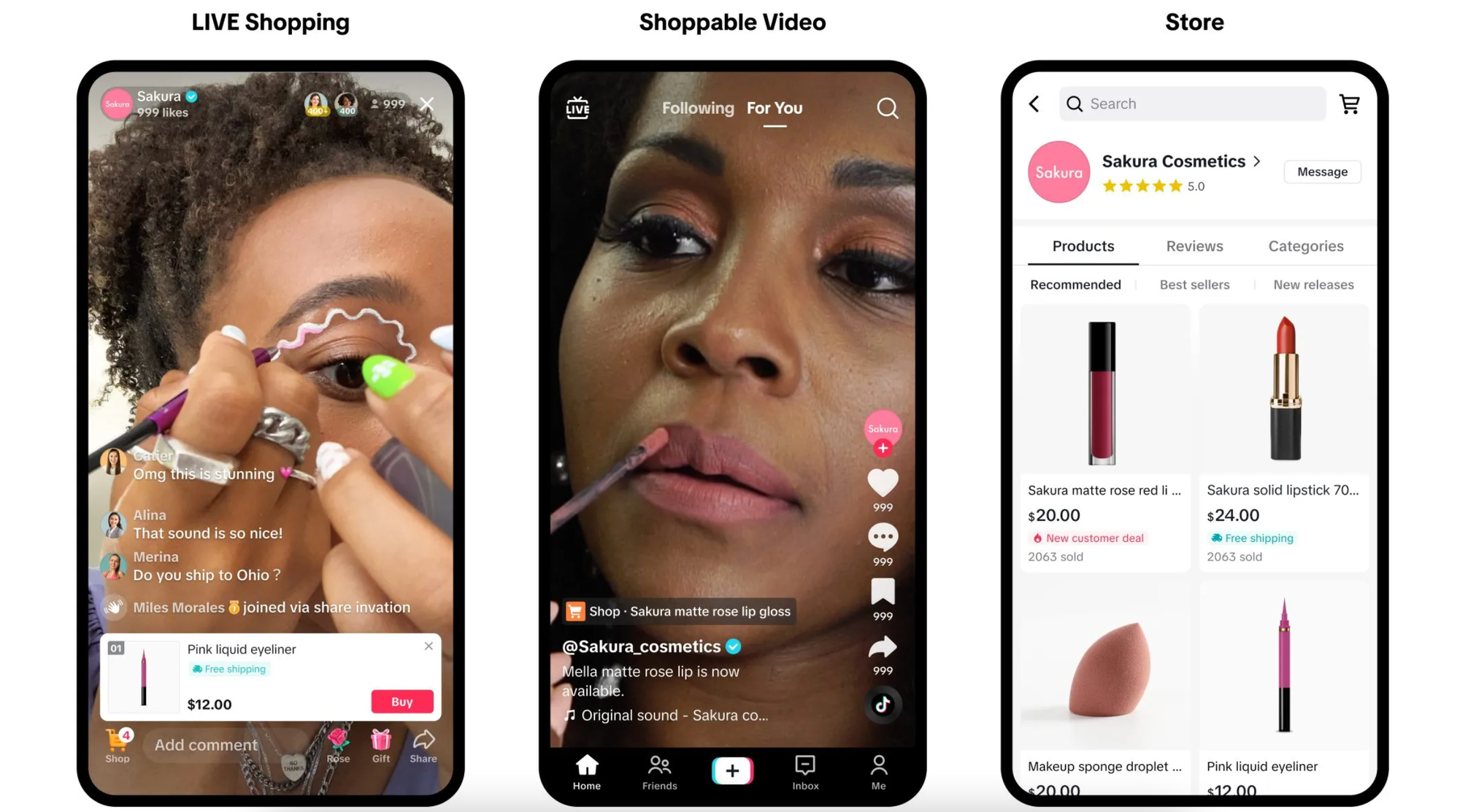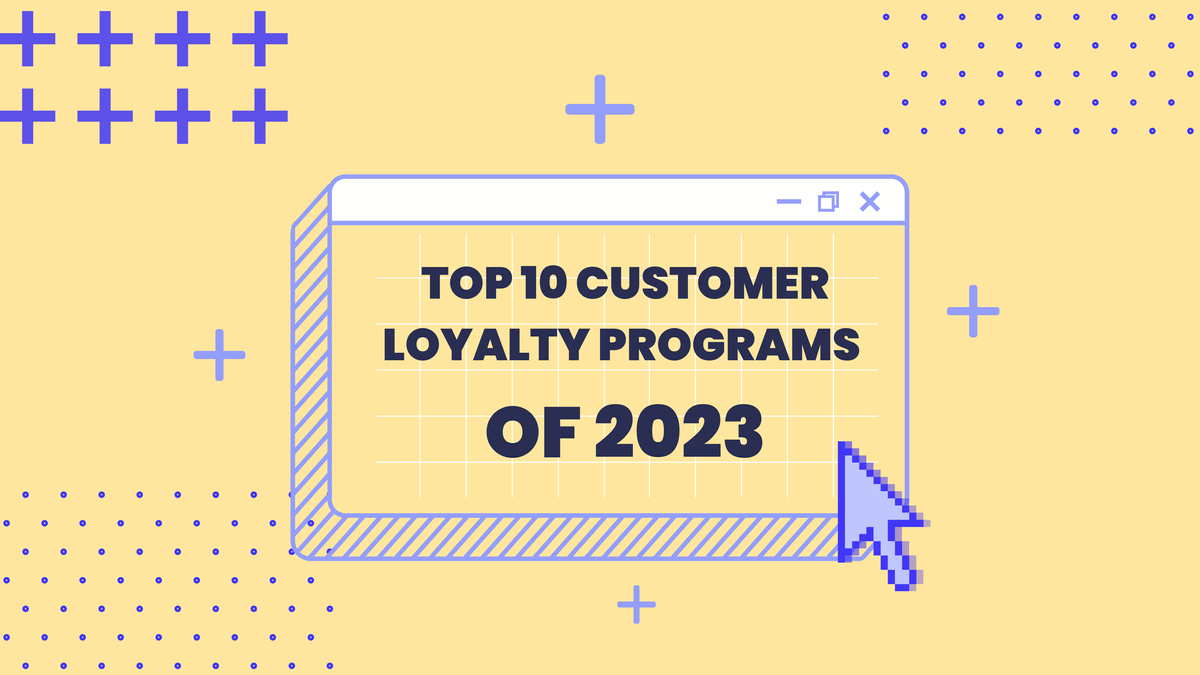Imagine the scene; you have a shopping trip planned, but when you look out the window, the weather is truly awful. In the years gone by, you may have needed to cancel your plans. Not anymore. There have been shopping channels since the 1980s, but then the internet came along, and ecommerce hasn’t slowed down since.
Since then, the live commerce sector has grown massively, reaching a value of $1,498.7 billion in 2022 and is forecasted to reach $2,880.3 billion by 2028. You can now buy almost anything from the comfort of your own home. There are multiple platforms, such as, TikTok Shop, Amazon, and others, that offer a variety of immersive online shopping experiences. So, just how is live commerce impacting the retail sector?
Live commerce and its growing popularity
The growth of ecommerce meant that conditions were perfect for live commerce, which combines live video with the ability to buy the products you are viewing instantly. Unsurprisingly, China is a big player, with an ecommerce market worth $885.94 billion in 2023. The US is in second place, with household names such as eBay, Walmart, and Amazon dominating the market.

While live commerce was undoubtedly growing anyway, it was the pandemic that led to accelerated growth. With so many people facing lockdowns, it meant that people turned to live commerce and ecommerce to buy everything from groceries to goods in an interactive experience.
What was a necessity during the pandemic became a convenience after it. People realized they could access companies that offered them greater choices and a better range of prices.

Factors driving the growth of live commerce
Although the pandemic caused accelerated growth, there were other factors—both before and since—that have driven and sustained the sector’s growth.
Increased access to internet and smartphones
When you consider that there are now around 5.3 billion internet users (more than 65% of the global population), you can see why live commerce has grown so much. Each one of those users is a potential customer.
Another important factor is technology. Tech has developed in nearly every area, from call center systems technology to more sophisticated mobile devices. With smartphone subscriptions reaching 6.4 billion in 2022, the rising penetration rates mean that people can now access the internet—and live commerce—from absolutely anywhere.
Online shopping and social media use are on the rise

Of course, with more mobile devices than ever before, the natural effect of those factors is that more people are using the internet for a variety of reasons, from streaming TV and movies to online purchases. When using live commerce and ecommerce sites, customers can choose from a range of delivery options or even curbside pickup. Think about the following statistics:
- Around 4.59 billion people used social media platforms last year.
- Advertising revenue from TikTok was expected to rise by 55% in 2023.
- More than 88% of global mobile phone users use social media platforms.
The world’s leading ecommerce company, Amazon, had an average monthly traffic of over 3.1 billion visitors in 2022.

Shoppers seek interactive and personalized experiences
Even in the last ten years, there have been many advances in the world of ecommerce. While there may be a small number of ‘giants,’ there are thousands of companies offering a live commerce or ecommerce experience. It’s not just about technological advancements such as AI audio transcription for instant customer support and sales, but more about changes in customer expectations.
71% of consumers expect personalization. When the live commerce experience personalizes suggestions and services to its target audience, you are also more likely to see improvements in customer retention rates. People no longer just want to click and buy. They want an experience that is immersive and interactive and that recognizes their previous buying patterns and any particular tastes.

The impact of live commerce on retail
People often think that ecommerce and live commerce will damage traditional brick-and-mortar stores. However, many businesses now combine their physical store with an online presence. This can be a necessity if your direct competitors are offering live and ecommerce options.

Enhanced interaction and engagement levels
Live commerce has grown 76% since the beginning of the pandemic. It may only be a small slice of the pie, but it is still a financially lucrative slice. One major attraction of live commerce is that it offers higher levels of interaction, engagement, and customer retention than ‘traditional’ ecommerce sites.
Enabled live product demonstrations and Q&A sessions
That enhanced interaction appeals to people because it closely resembles the in-person shopping experience. Potential customers get the opportunity to see products they are interested in being demonstrated. And, just as they might ask a salesperson questions, live commerce offers the opportunity for them to do the same via Q&A sessions.
Introduced new sales channels and revenue streams
Every type of retail business faces stronger competition than ever before. They are constantly looking for new tactics that can boost sales, anything from using a local number such as area code 986 to adopting an omnichannel approach that connects with customers on their favorite channels. The new channels and revenue streams offered by live commerce can be the difference between a business surviving and a business growing.
"Livestreamers" emerging as shopping influencers
Influencer marketing has become increasingly important in recent years, with the influencer marketing industry set to grow to approximately $21.1 Billion in 2023. Live commerce can capitalize on this, with many of the livestreamers being seen as micro influencers in the sectors they work in. Livestreamers can engender trust and confidence in a brand.

Emerging need for innovative marketing and sales strategies
As has been mentioned, nearly every business faces stiff competition in the modern marketplace. That has meant that business owners and marketing professionals have had to seek out new online marketing tactics. Live commerce is such a tactic; it meets the needs and desires of consumers and, if done properly, can boost your revenue. It can combine shopping events, social media channels, shopping streams, interactivity, and that human touch to create a unique experience.
Integrating live commerce poses infrastructure challenges
Ensuring the smooth transmission and management of digital assets, including high-resolution product images and videos, is a critical aspect of this process. Efficient storage and rapid delivery of these assets are essential to provide a seamless shopping experience.
Businesses often employ services like product retouching to enhance the visual appeal of their product images, ensuring that they are enticing and compelling to potential customers.
Whether you are working with B2C ecommerce platforms or B2B ecommerce platforms, there are a number of infrastructure challenges. Perhaps the main one is the need for robust cybersecurity measures, given the amount of sensitive financial data you handle. You also want to consider what technologies you use carefully, and that can include not only the streaming tech but also how you engage with customers on any commerce platform.
Rising demand for advanced logistical and fulfillment solutions
It’s all very well focusing on increasing your customer base and sales, but you still have to get the products to the customers. Many larger businesses are looking to open regional fulfillment warehouses.

Heightened risk of fraud and concerns for consumer protection
With cybercrime on the rise, cybersecurity remains the central concern for any online business. Some sectors may also have to consider laws and regulations that govern how they handle data. Businesses will look at different measures, such as data clean room technology, to ensure that data privacy is maintained.
In addition to cybersecurity measures, there's a need for stringent operational protocols to safeguard against financial fraud and protect consumer interests. This includes adherence to cash register handling procedures, which are important in ensuring the integrity of financial transactions. These procedures not only mitigate the risk of internal and external fraud but also help in maintaining accurate financial records.
Live commerce is here to stay
It’s probably safe to say that live commerce is here to stay and will continue to grow. With the advent of AI-powered systems and automation, it’s becoming easier for businesses to connect with their target audience in real time and easier for that audience to have a painless customer journey. Whether live commerce remains a small percentage of overall ecommerce remains to be seen.
Your ultimate goal, as with any sales/marketing tactic, is to see higher levels of loyal customers who will have better CLVs (customer lifetime values) than one-off customers. Done correctly, live commerce can be a great addition to your strategies.
Jenna Bunnell is the Director for Field and Strategic Events at Dialpad, an AI-incorporated cloud-hosted unified communications system. She is driven and passionate about communicating a brand’s design sensibility and visualizing how content can be presented in creative and comprehensive ways.








